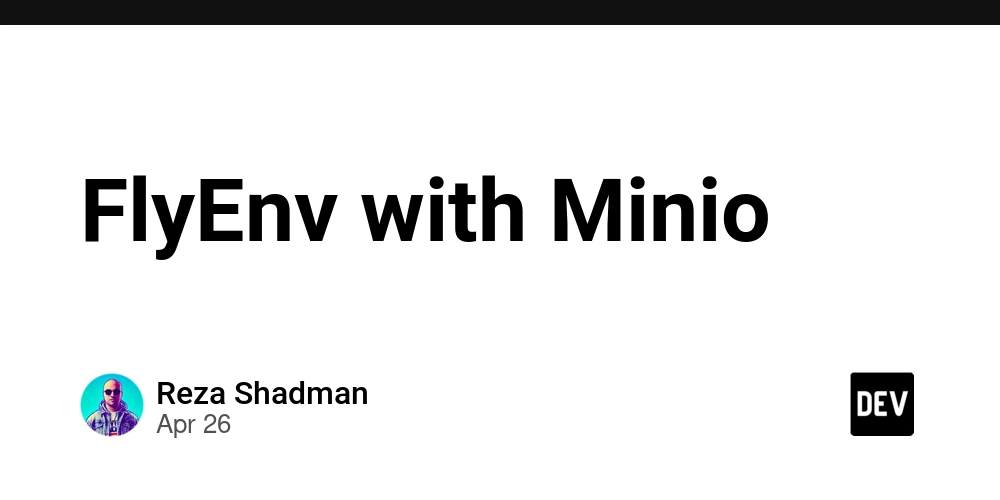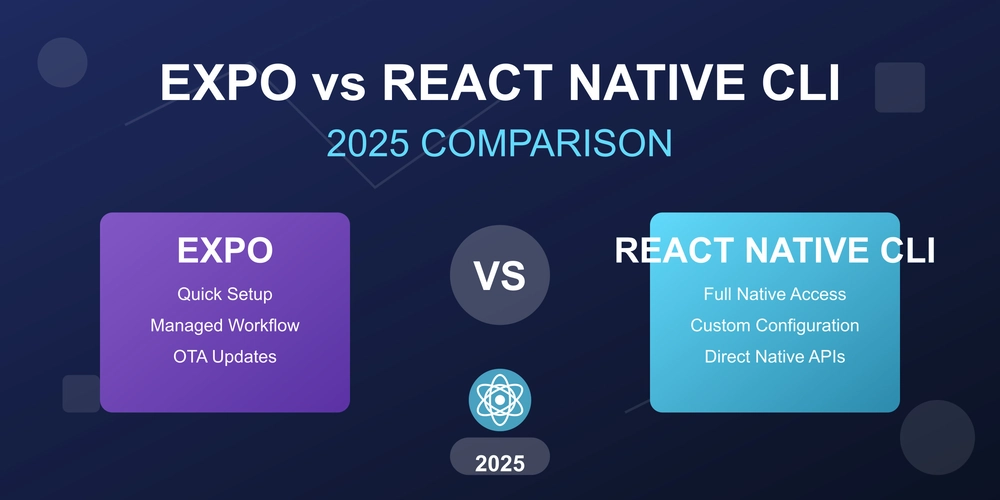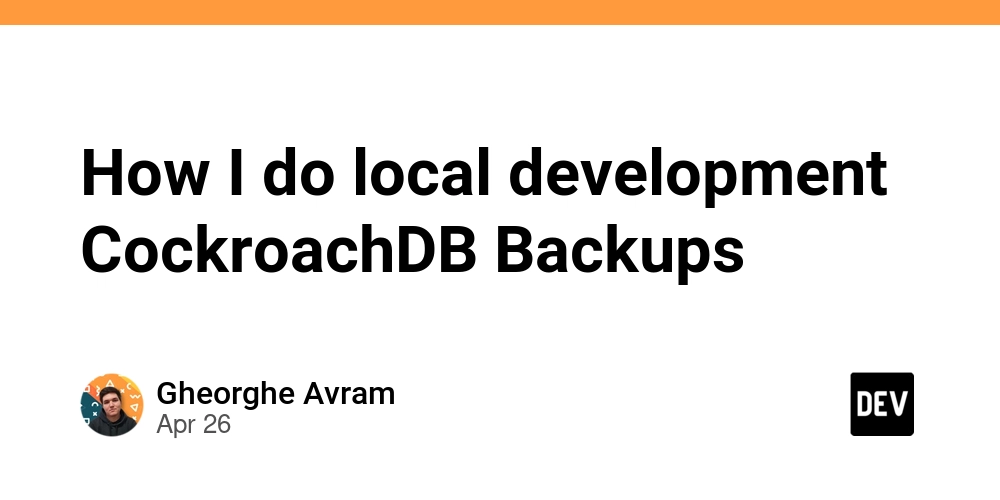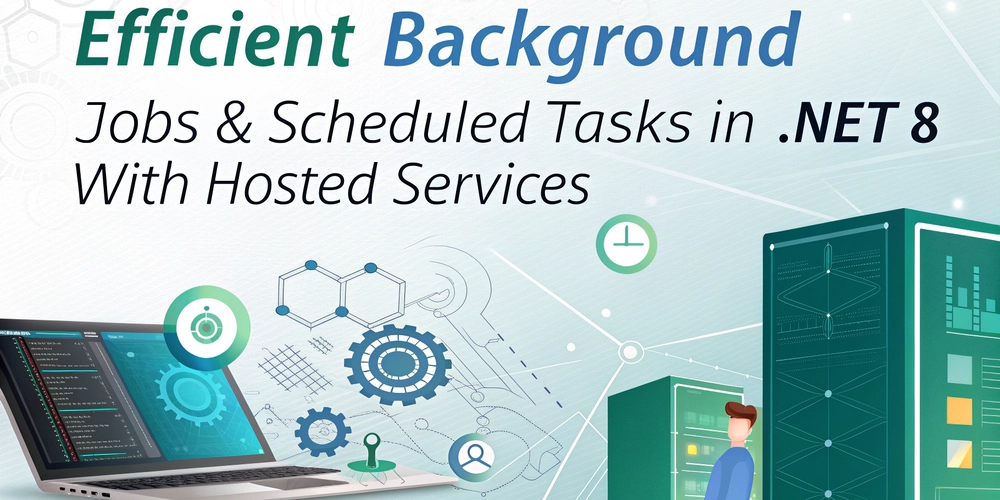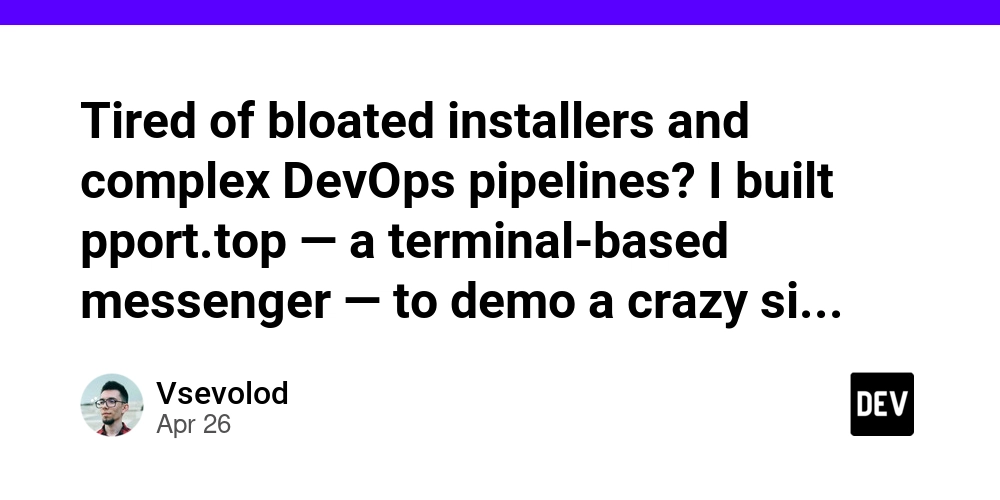
Ditch the Bloat: Build Lightweight Installers and Simplify DevOps
Are you wrestling with bulky installers that take forever to download and install? Or maybe your DevOps pipelines are a tangled mess of complexity? You're not alone. Many developers and system admins struggle with these pain points. This article explores how to avoid the complexity of traditional methods and create streamlined, efficient solutions.
Why Lightweight Installers Matter
Forget sluggish installations and frustrated users. Lightweight installers are the key to a smoother, more enjoyable experience.
- Faster downloads & installs: Get users up and running quickly.
- Reduced server load: Minimize bandwidth consumption and hosting costs.
- Improved user experience: A snappy install process leaves a positive first impression.
Embrace the speed and efficiency of minimized installer packages.
Simplifying DevOps Pipelines: Less is More
Complex DevOps pipelines can quickly become unwieldy and difficult to manage. Streamlining your processes can dramatically improve efficiency and reduce errors.
- Automation is key: Automate repetitive tasks to free up your team.
- Infrastructure as Code (IaC): Define and manage your infrastructure using code.
- Continuous Integration/Continuous Delivery (CI/CD): Automate your build, test, and deployment process, reducing manual errors and speeding up release cycles.
Simplify your workflow to improve development speed and stability.
How To Build a Lightweight Installer
Creating a lightweight installer doesn't require magic. Here's a simple approach:
- Identify essential components: Only include the files necessary for your application to run. Remove unnecessary libraries, documentation, and sample files.
- Compress aggressively: Utilize advanced compression algorithms (like LZMA2) to shrink the installer's footprint.
- Consider a package manager: Explore using existing package managers to install dependencies. This can significantly reduce the installer size.
Real-World Examples of Simplified DevOps
Many companies are proving that DevOps doesn't need to be complex. Look at companies using tools like Docker and Kubernetes to streamline deployments, or using Ansible to automate tedious server configuration tasks. These tools and approaches are game-changers.
Building a Fast, Lightweight installer: A Recap
In conclusion, mastering lightweight installers and streamlining your DevOps pipelines doesn't mean hours of complex work. With a strategic approach, you can benefit from better user experience, increased development speed, and minimized resource consumption. Start by focusing on essential components, aggressive compression, and smart automation!











